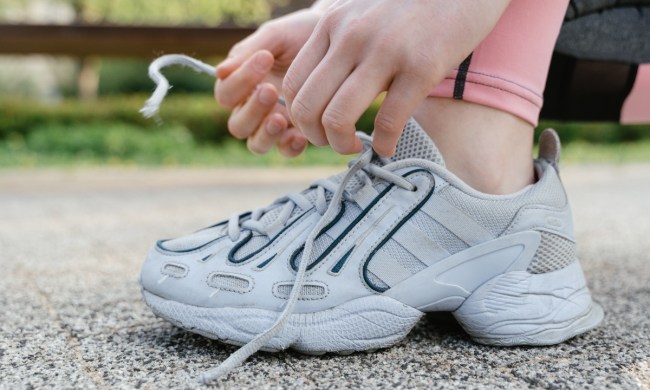Often, we think of exhaustion as a physical problem. If we’re tired, we may move slower or feel groggy as we get out of bed. However, emotional exhaustion happens, too, and it’s just as serious as the physical kind.
Emotional exhaustion can lead to stress and burnout, which can up our risk for physical ailments like heart disease and hypertension. Stress hampers our ability to focus and may reduce our satisfaction at work and home. Signs of emotional exhaustion include physical fatigue, difficulty concentrating, and not enjoying things we once loved.
Though emotional exhaustion is a problem, it’s also treatable. Here’s what to do when you are emotionally exhausted.

Log more hours of sleep
The CDC suggests getting a minimum of seven hours of sleep per night if you’re between the ages of 18 to 60 years old. You likely know that hitting this number and getting a good night’s sleep is fantastic for your physical health, such as reducing your risk for a heart attack, stroke, cancer, and diabetes. However, sleep and mental health are also intertwined. One report showed a lack of sleep could increase anxiety by up to 30 percent, and experts say people with insomnia are more likely to be depressed. Of course, sometimes stress can interfere with sleep. Try journaling or writing out your to-do list before bed, so you’re not thinking about it as you try to drift off to dreamland.
Learn to say no
Do you head from an early-morning workout to a full day of work and then feeling obligated to accept an invite for post-work happy hour at 3 p.m.? If you’re constantly on the go, you’re probably going to burn out eventually. The same goes for individuals who have trouble saying no to taking on more work when they already have a full plate. Establishing boundaries by learning to say no can help you feel less emotionally exhausted and reduce your risk of burning out in the first place. It will allow you to excel at the tasks currently on your to-do list and carve out time for yourself to relax. Also, remember: No is a complete sentence. You don’t necessarily owe someone a long-winded explanation as to why you can’t go out for a last-minute drink, especially if you feel like justifying your decision will only stress you out more. A good friend or loved one will respect your choices.
Switch up your diet
Sometimes, when things go wrong, we say, “I need a glass of wine” or “I’m going to drown my problems in ice cream.” An alcoholic beverage here and there or indulging in a treat every so often won’t hurt. However, emotional eating often happens when stress releases hormones and causes us to indulge a bit too much too frequently. What’s more, what you put into your body may affect how you feel inside. Aim for a diet that includes plenty of vegetables, whole grains, legumes, and lean proteins like chicken or fish. Want to treat yourself? It’s not off the table. Chocolate reduces stress, one study found.
Opt for therapy
Sometimes, it can be difficult to pinpoint exactly what’s behind your emotional exhaustion. Even if you know the reason, effectively treating it means you may have to step outside of your comfort zone and do things like say no to a boss or someone you love. Going to therapy can help you work through your burnout and develop healthy coping skills. Psychotherapy, like cognitive behavioral therapy, involves talking to a professional one-on-one. However, other kinds of treatment have also shown they can help reduce stress, such as music therapy and animal-assisted therapy. Researching different options can help you find what’s best for you.
Emotional exhaustion is something to take seriously, and there’s no need to feel ashamed if you’re feeling burned out. Knowing the signs of emotional exhaustion, such as trouble focusing or losing interest in things you once enjoyed, is a huge first step in treating the problem. After that, it’s important to know what to do when you are emotionally exhausted. There’s no one-size-fits-all treatment for this condition, but there are several tactics to try. Getting more sleep is not only good for your physical health but may help you mentally as well. Setting boundaries and prioritizing time for yourself can also help prevent burnout. Eating nutritious foods can also help. However, if you’re struggling, you may also want to consider speaking with a therapist. Talking through your problems with an objective party who empathizes with you can help you build coping skills.
BlissMark provides information regarding health, wellness, and beauty. The information within this article is not intended to be medical advice. Before starting any diet or exercise routine, consult your physician. If you don’t have a primary care physician, the United States Health & Human Services department has a free online tool that can help you locate a clinic in your area. We are not medical professionals, have not verified or vetted any programs, and in no way intend our content to be anything more than informative and inspiring.




